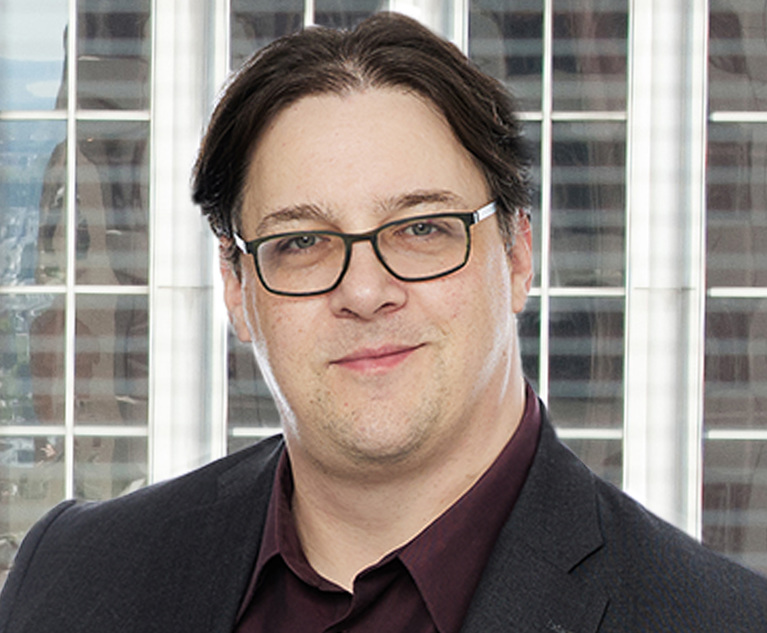Newly developed artificial intelligence systems have been used to generate new inventions (e.g., Dr. Stephen Thaler’s “Device for the Autonomous Bootstrapping of Unified Sentience” or DABUS), works of authorship (e.g., “Alice and Sparkle,” created by Ammaar Reshi using the ChatGPT large language model), and works of art (e.g., “Zarya of the Dawn,” created by Kristina Kashtanova using the Midjourney image generator). The U.S. Patent and Trademark Office and the U.S. Copyright Office have each held that artificial intelligence systems cannot qualify as inventors or authors for the purpose of patent or copyright registration (See, e.g., “Copyright Registration Guidance: Works Containing Material Generated by Artificial Intelligence,” 88 FR 16190 (U.S. Copyright Office, March 16, 2023) (available at: https://www.federalregister.gov/d/2023-05321); and “In re Application No. 16/524,350” (USPTO, April 22, 2020), affirmed in Thaler v. Hirshfeld, 558 F.Supp.3d 238 (E.D. Va., Sep. 2, 2021), subsequently affirmed in Thaler v. Vidal, 2021-2347 (Fed. Cir. Aug. 5, 2022)). While the Copyright Office’s new guidance states that works “containing AI-generated material may also contain sufficient human authorship to support a copyright claim,” and that the work as a whole may be registrable, “when an AI technology determines the expressive elements of its output, the generated material is not the product of human authorship. As a result, that material is not protected by copyright… .”
So, the AI system can’t be the author or inventor. What about the person who set up the system? Artificial intelligence pioneer Dr. Stephen Thaler argues no in his Supreme Court petition appealing the federal circuit’s decision in Thaler v. Vidal, noting that 35 U.S.C. Section 115 requires that one named as an inventor on a patent application must “believe himself or herself to be the original inventor or an original joint inventor of a claimed invention in the application,” and that someone who merely “trained an AI system and provided it with information” could not be recognized as an inventor. See petition for writ of certiorari at 29-30. Similarly, in its letter reviewing Zarya of the Dawn, the Copyright Office noted that “the images in the work that were generated by the Midjourney technology are not the product of human authorship” because although Kashtanova “‘guided’ the structure and content of each image, … it was Midjourney—not Kashtanova—that originated the ‘traditional elements of authorship’ in the image.” (“Letter re: Zarya of the Dawn (Registration # VAu001480196)” at 1, 8 (U.S. Copyright Office, Feb. 21, 2023) (available at: //www.copyright.gov/docs/zarya-of-the-dawn.pdf)).


 Daniel E. Rose, shareholder with Volpe Koenig. Courtesy photo
Daniel E. Rose, shareholder with Volpe Koenig. Courtesy photo




